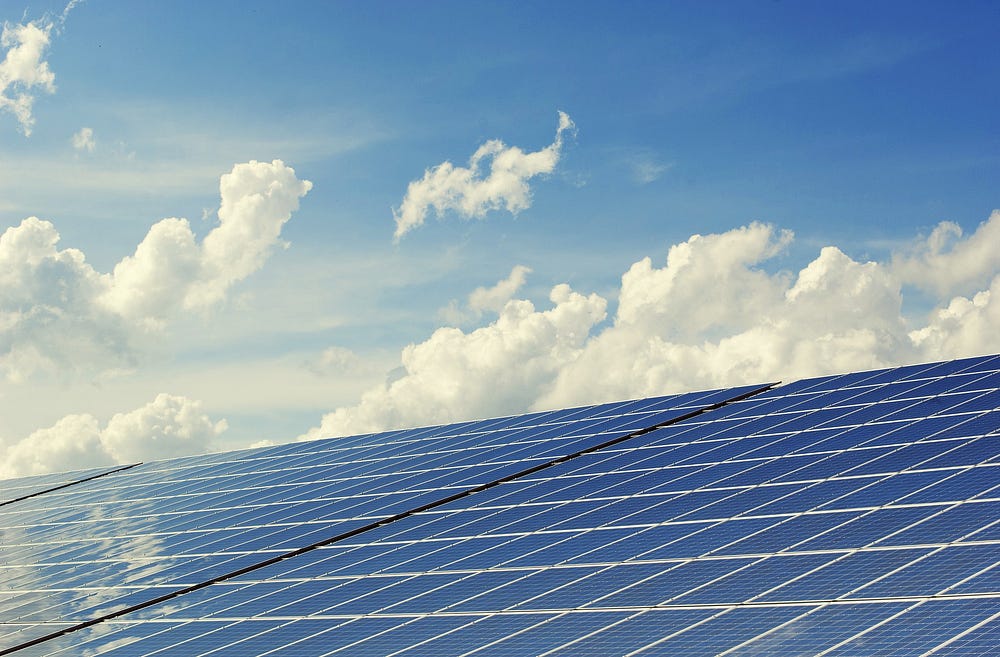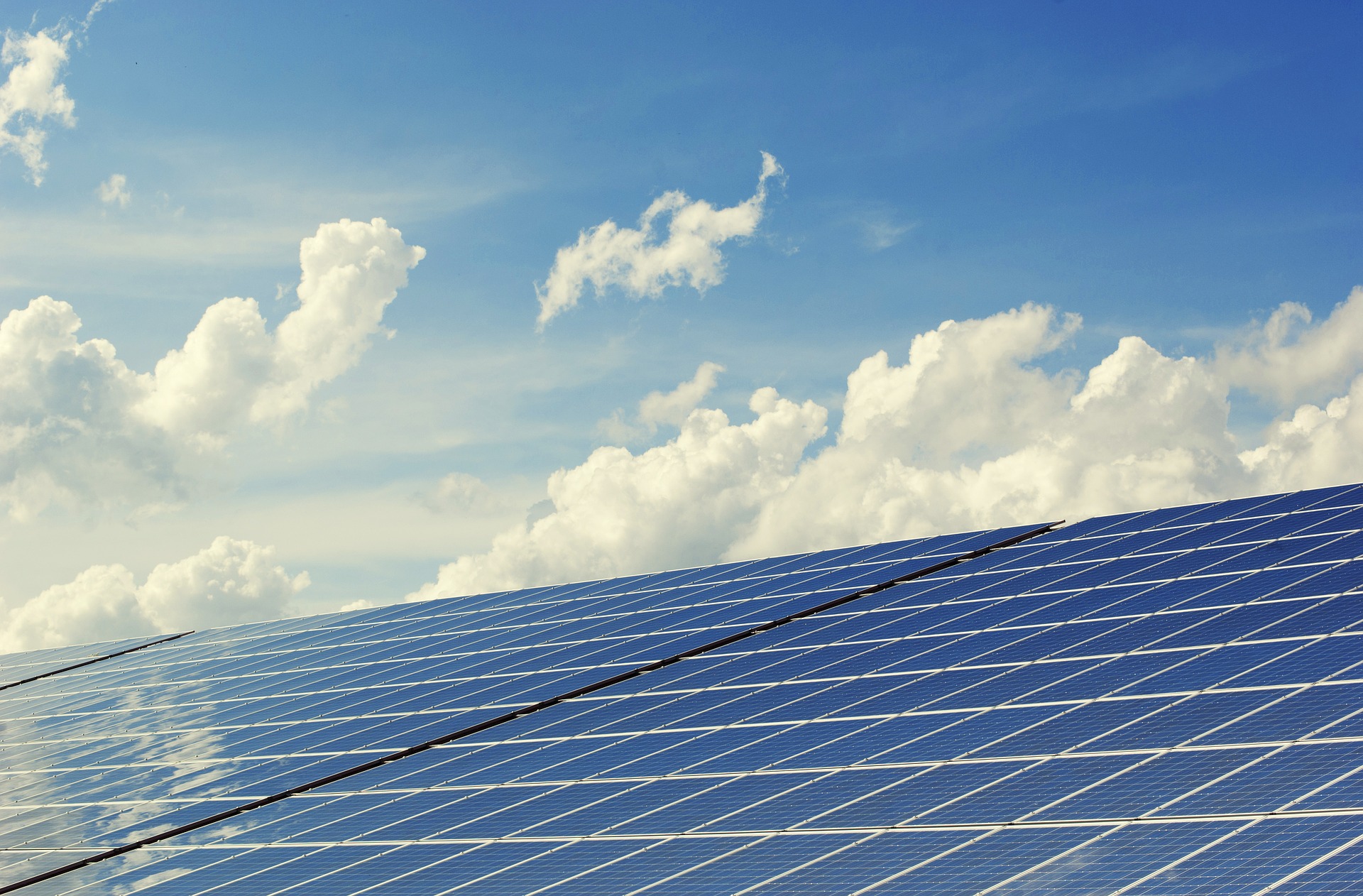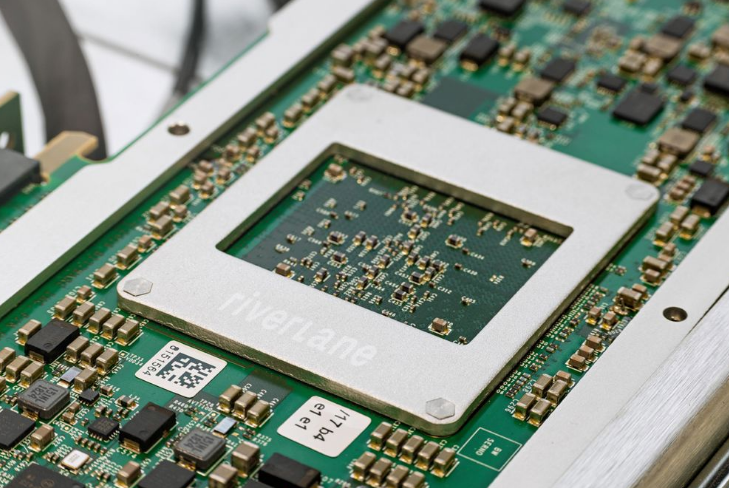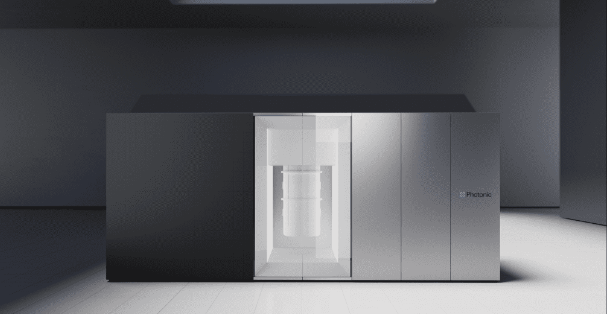
Organic Solar Cells
According to a paper published in Nature Communications by researchers from the University of Gothenburg, quantum mechanics has the possibility to create more stable and more easily produced organic solar cells.
In comparison to traditional silicon-based solar cells, organic solar cells hold many advantages like their cost-effectiveness at a large scale by using printing presses, they are light, flexible, as well as malleable.
Yet, this brings us to a caveat: they are, unfortunately, not as stable and effective as silicon-based solar cells. That is why, in a new study — Polariton-assisted excitation energy channelling in organic heterojunctions — the research group of Mao Wang, Manuel Hertzog and Karl Börjesson took it on themselves to tackle the problem head on. And the result: They found a way that could possibly lead to more cost-effective solar cell technology in the future.
“There are excellent opportunities for utilizing quantum efficiencies to change different chemical and material characteristics. In this study, we present a method that makes it possible to increase the diffusion of energy in organic materials. This allows us to create organic solar cells with a simpler structure,” said Karl Börjesson, professor of physical chemistry at the University of Gothenburg and the main author of the study.

This is all about ensuring the energy in the solar cells is effectively transferred to the right place. Organic solar cells contain two materials, and the absorbed energy from the sun needs to be diffused — to travel — to the interface between the materials. However, diffusion is an ineffective process because the energy travels at a slow pace and risks being lost as heat before it has time to reach this interface. Fortunately, the solution at hand has been to combine the two materials in solar cells in order to diminish the distance — this allows the energy to get to the interface more quickly. Sadly, this creates a scenario where the solar cells are not in thermodynamic equilibrium, ultimately making the design less durable over time than it could be.
The team demonstrated that the novel technique allows for the energy to be transmitted over a much greater distance, avoiding the complicated blending of materials in solar cells. The key to this is quantum effects, where light and material are merged into hybrid light-matter states.
On this phenomenon, Börjesson said:
“When we couple light and matter strongly, the energy is spread out over the entire system. If the system — as in this case — consists of multiple materials, the energy can be channelled to the interface. We show in the study that the energy travels faster to the interfaces when the materials are strongly coupled. This means that the materials in solar cells do not need to be physically blended since they are blended at the quantum level. This also leads to the system being in thermodynamic equilibrium.”
Found in Nature
Börjesson also commented that the discovery can influence how organic solar cells are manufactured since it becomes possible to increase their durability while the solar cells can be made with a simple layered structure, noting that the research is really an outgrowth of a concept already found in nature.

“Nature uses strong coupling between molecules to effectively transfer solar energy in photosynthesis. In principle, we have shown that the same basic concept can be applied to organic solar cells,” he added.
Börjesson and his team’s research efforts open up the possibilities to improve upon the overall efficiency of light-harvesting systems using the tool of strong light-matter interactions, which could be good news for future applications in photovoltaics, photocatalysis and photopolymerization.
If you found this article to be informative, you can explore more current quantum news here, exclusives, interviews, and podcasts.


















